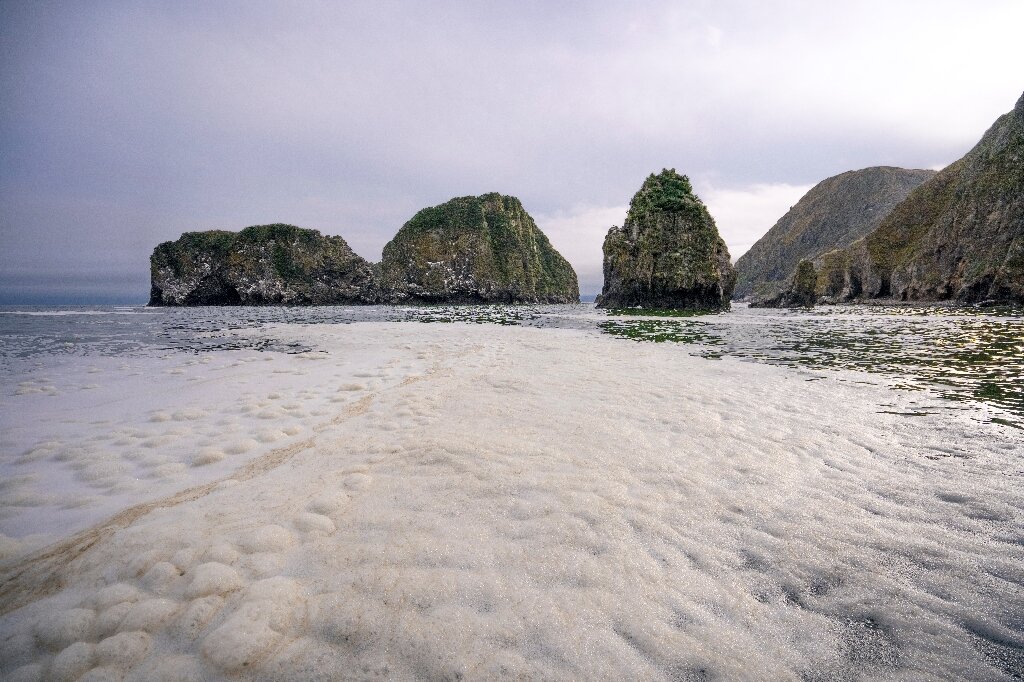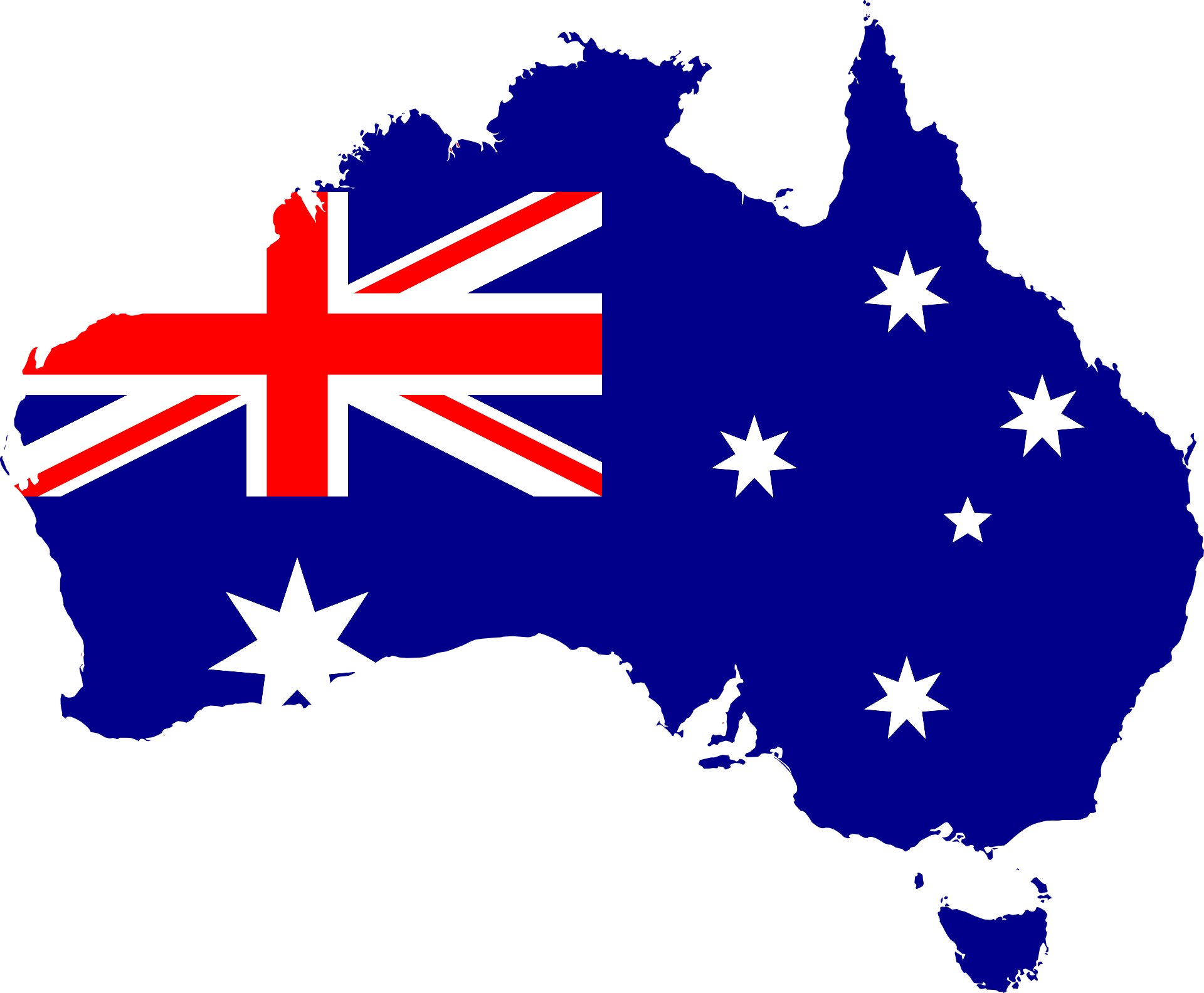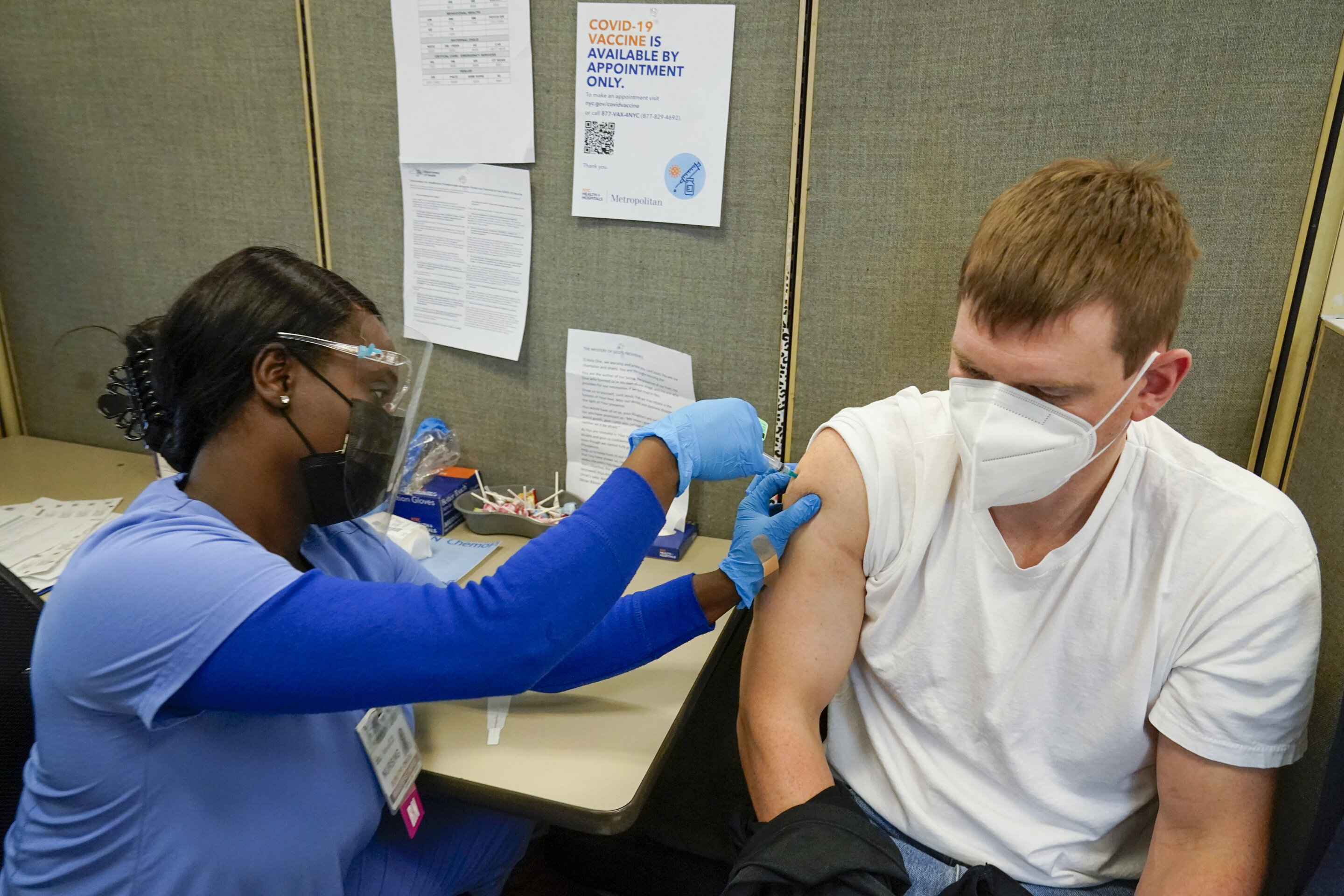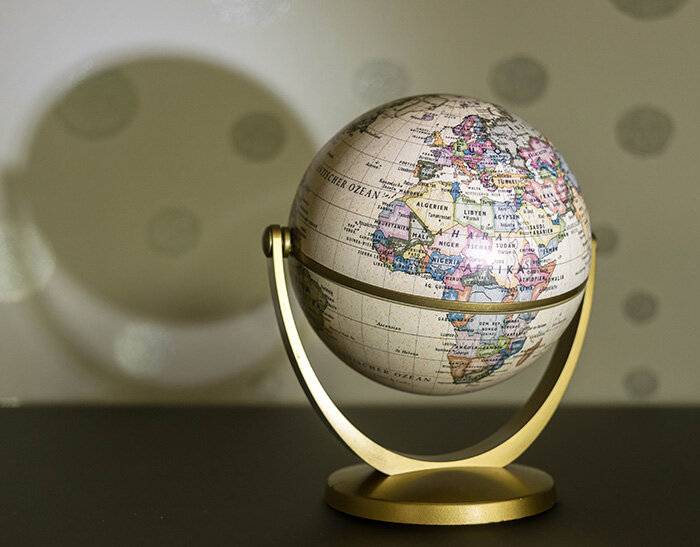#Russian sea pollution forms massive moving slick

“#Russian sea pollution forms massive moving slick”

Suspected toxic waste pollution off Russia’s Kamchatka peninsula that caused the mass deaths of marine animals has formed a moving slick stretching 40 kilometres (25 miles) along the Pacific coastline, researchers said Thursday.
The Far Eastern Federal University said in a statement the pollution was between 100 and 300 metres (330-1,000 feet) wide in some places, had a green hue and was creating an unusual foam while floating south along the Russian coast.
The waste was previously thought to be stationary and confined mostly to one beach, but researchers who carried out aerial photography said it was “gradually moving south” towards the contested Kuril Islands “without diminishing in size”.
Kirill Vinnikov, the head of a biology lab at the university, also noted that the pollution was not disintegrating and had clear dimensions.
The statement said researchers collected pollution samples from a helicopter despite difficult weather conditions and an analysis will be carried out in Russia’s far eastern city of Vladivostok.
Locals sounded the alarm in September as surfers experienced stinging eyes after being in the water and sea creatures including seals, octopuses and sea urchins washed up dead.
The Russian branch of Greenpeace has described the situation as an “ecological disaster”.
Russian authorities on Wednesday opened a criminal probe, citing the illegal handling of dangerous substances and “pollution of the marine environment”.
Kamchatka governor Vladimir Solodov previously said the most likely source was the Kozelsky site, 35 kilometres (20 miles) outside the region’s main city Petropavlovsk-Kamchatksy and used since the Soviet era to store poisonous substances deep in the ground.
Several experts suggested that toxic rocket fuel such as heptyl or samin and melange from a nearby military facility could be responsible for the damage.
Solodov on Thursday ruled out that heptyl was behind the incident, saying samples had come back negative.
He said tests indicated the presence of fuel products but not in high enough concentrations to wipe out marine animals in such large numbers.
The governor, who took office several weeks ago, said around 20 people were examined and eight were diagnosed with third-degree corneal burns.
Vinnikov of The Far Eastern Federal University said scientists had found that streams next to the Kozelsky site are “completely ecologically clean.”
“We observed four groups of organisms which can live only in crystal-clear water without any contaminants such as heptyl and other toxic chemicals,” he was quoted as saying.
Conservation group WWF said it was not currently possible to say how many fish died.
“The death of fish and seabed creatures is dangerous for both sea birds and mammals,” WWF said, adding that sea otters that eat urchins and clams could be among the most affected animals.
Russia probes pollution off Pacific coast after ‘ecological disaster’
© 2020 AFP
Citation:
Russian sea pollution forms massive moving slick (2020, October 8)
retrieved 8 October 2020
from https://phys.org/news/2020-10-russian-sea-pollution-massive-slick.html
This document is subject to copyright. Apart from any fair dealing for the purpose of private study or research, no
part may be reproduced without the written permission. The content is provided for information purposes only.
For forums sites go to Forum.BuradaBiliyorum.Com
If you want to read more Like this articles, you can visit our Science category.



